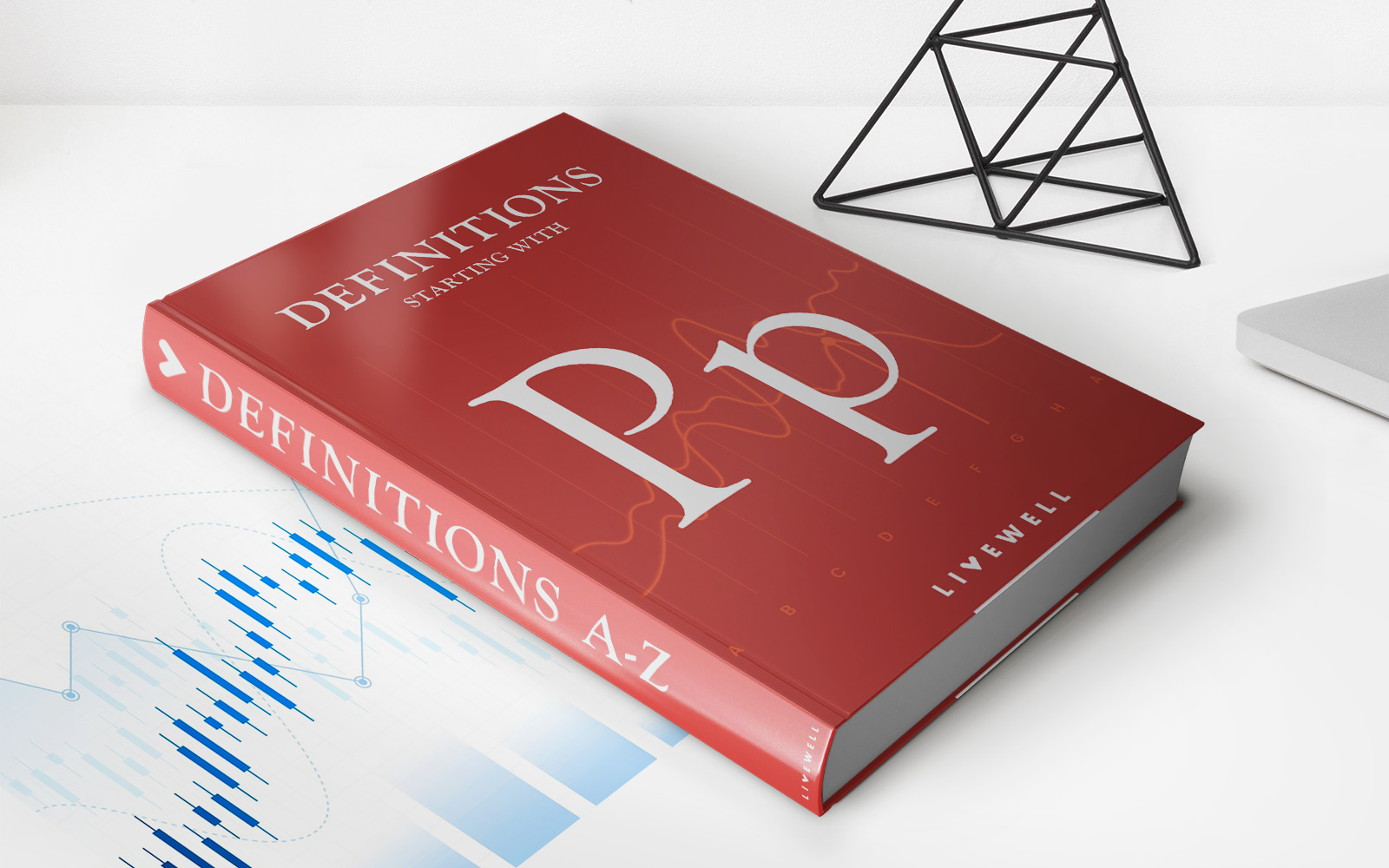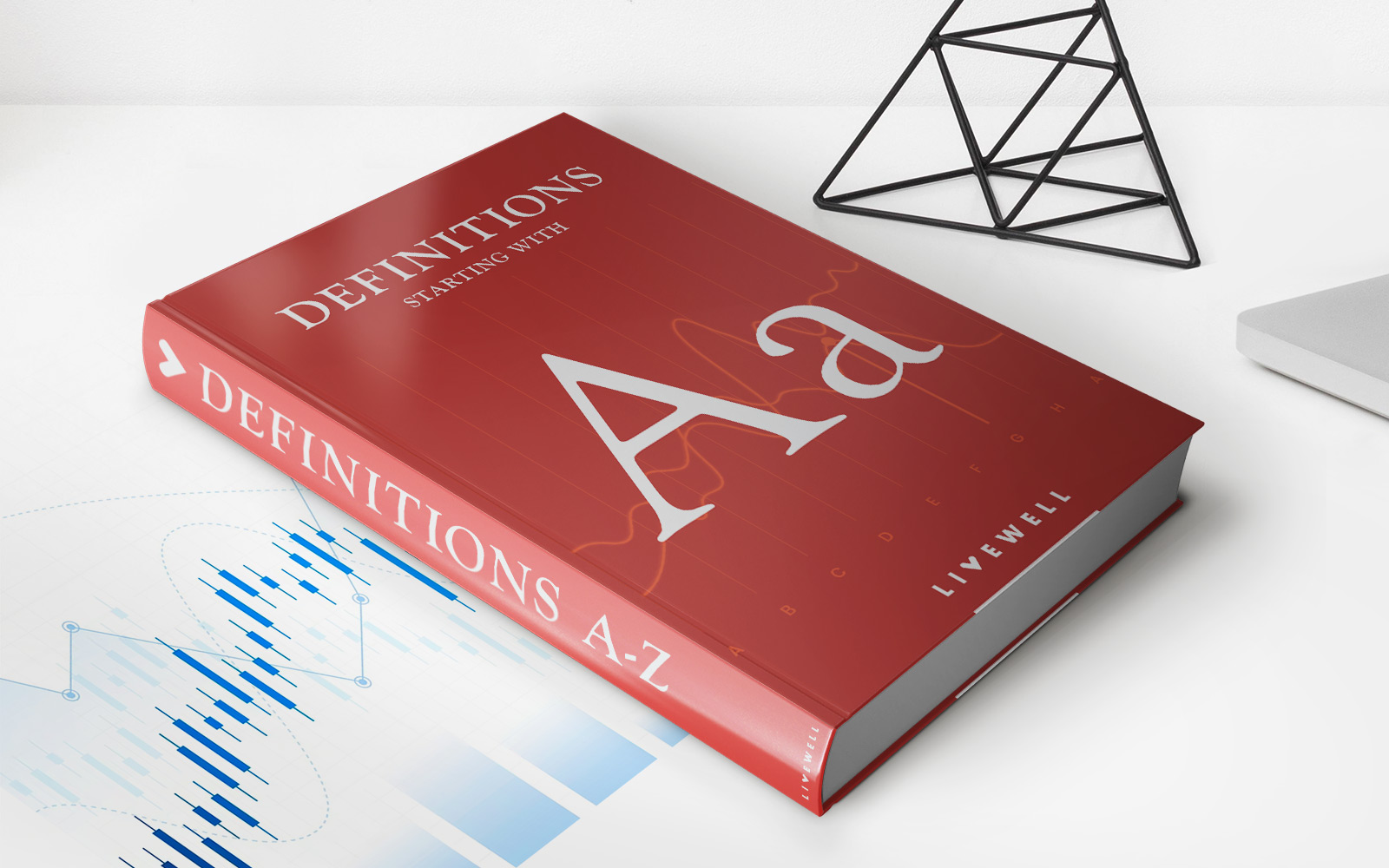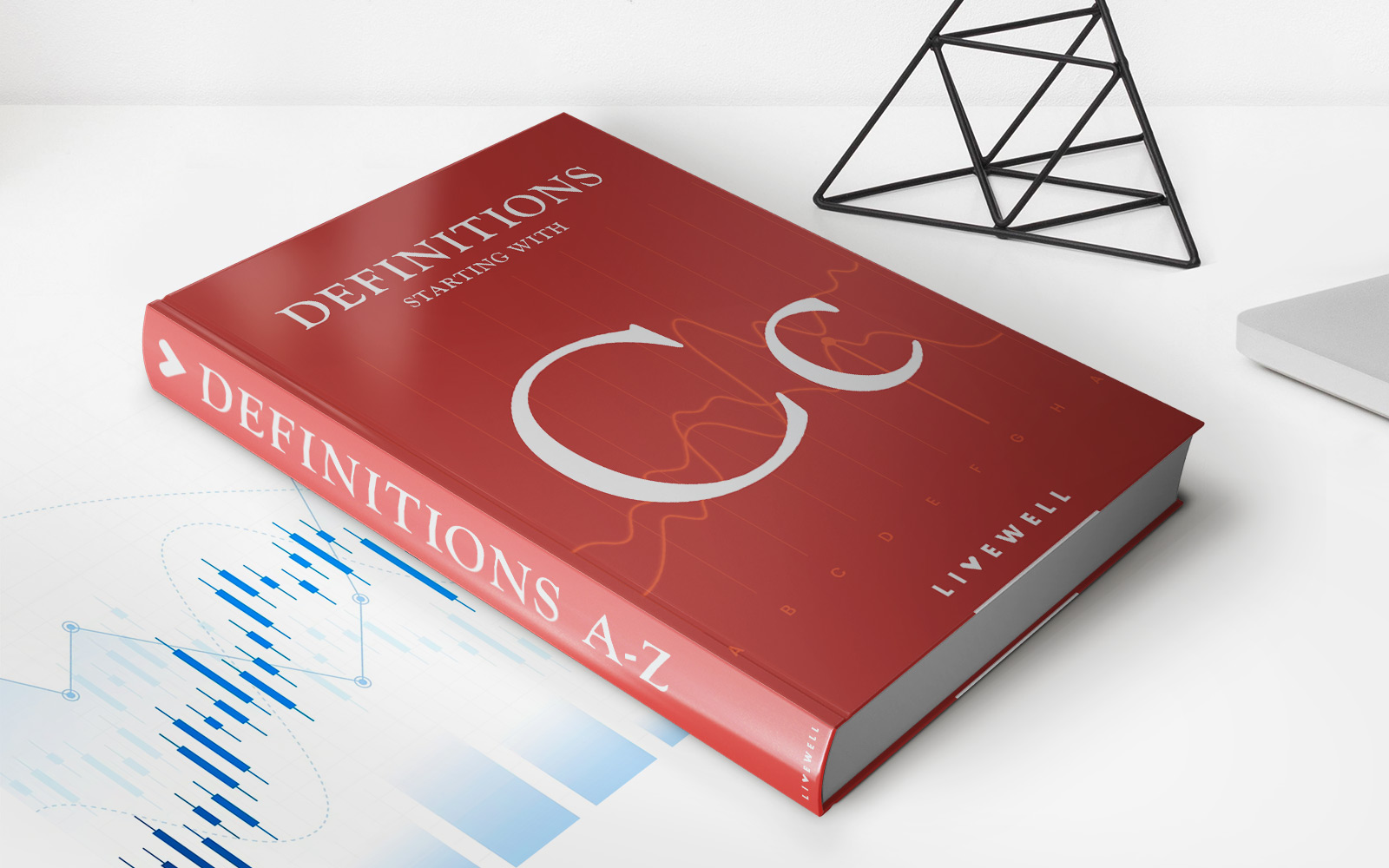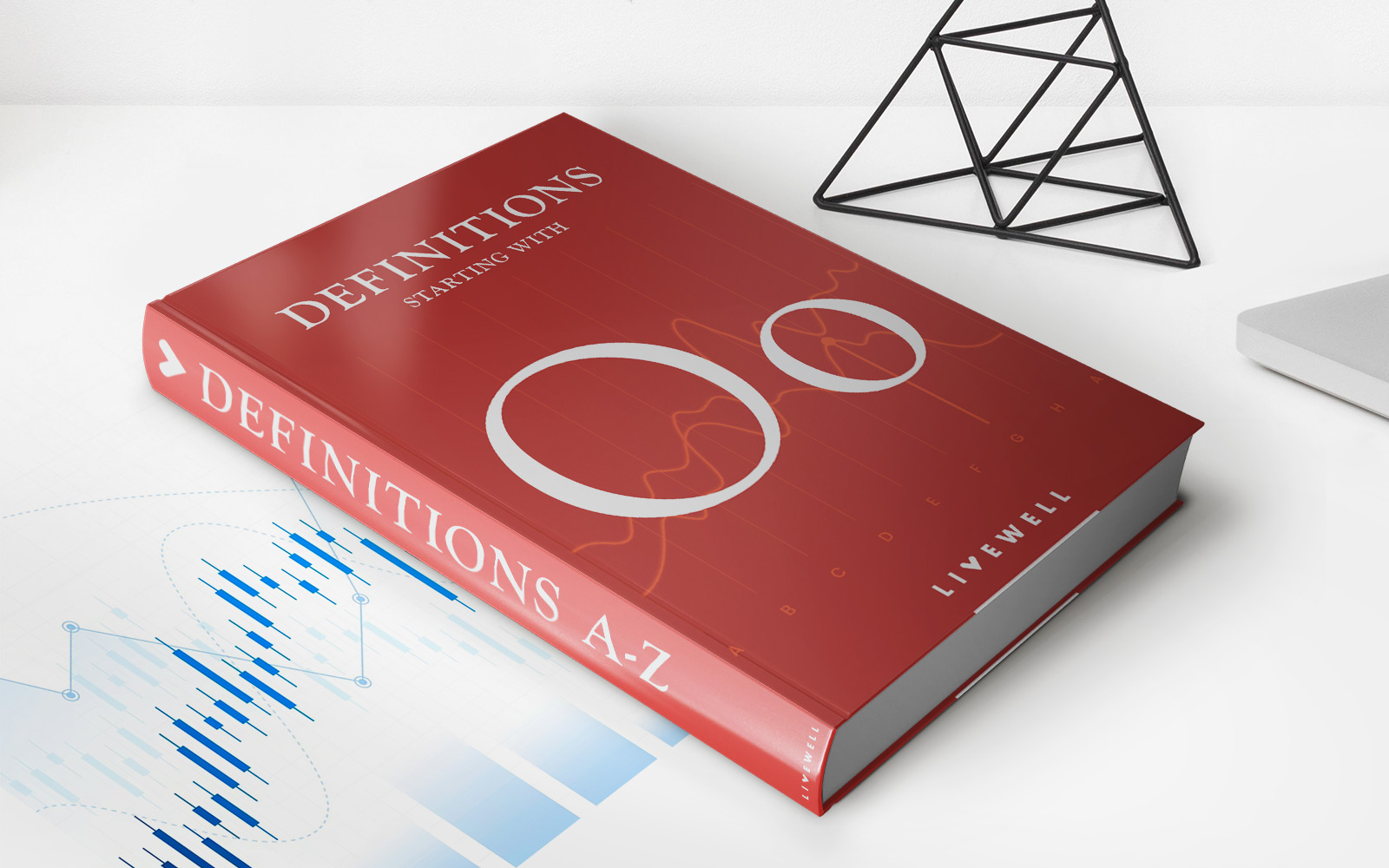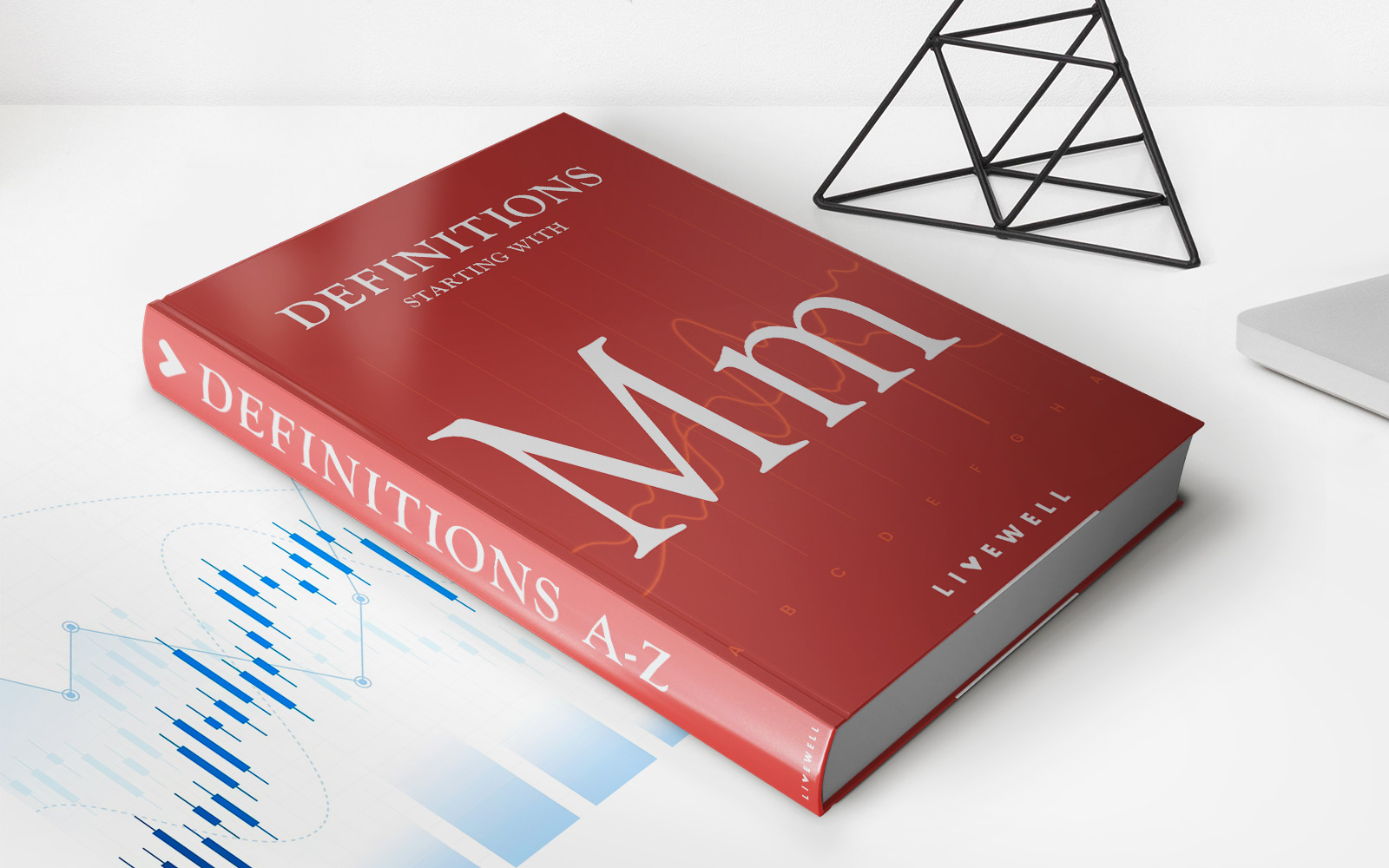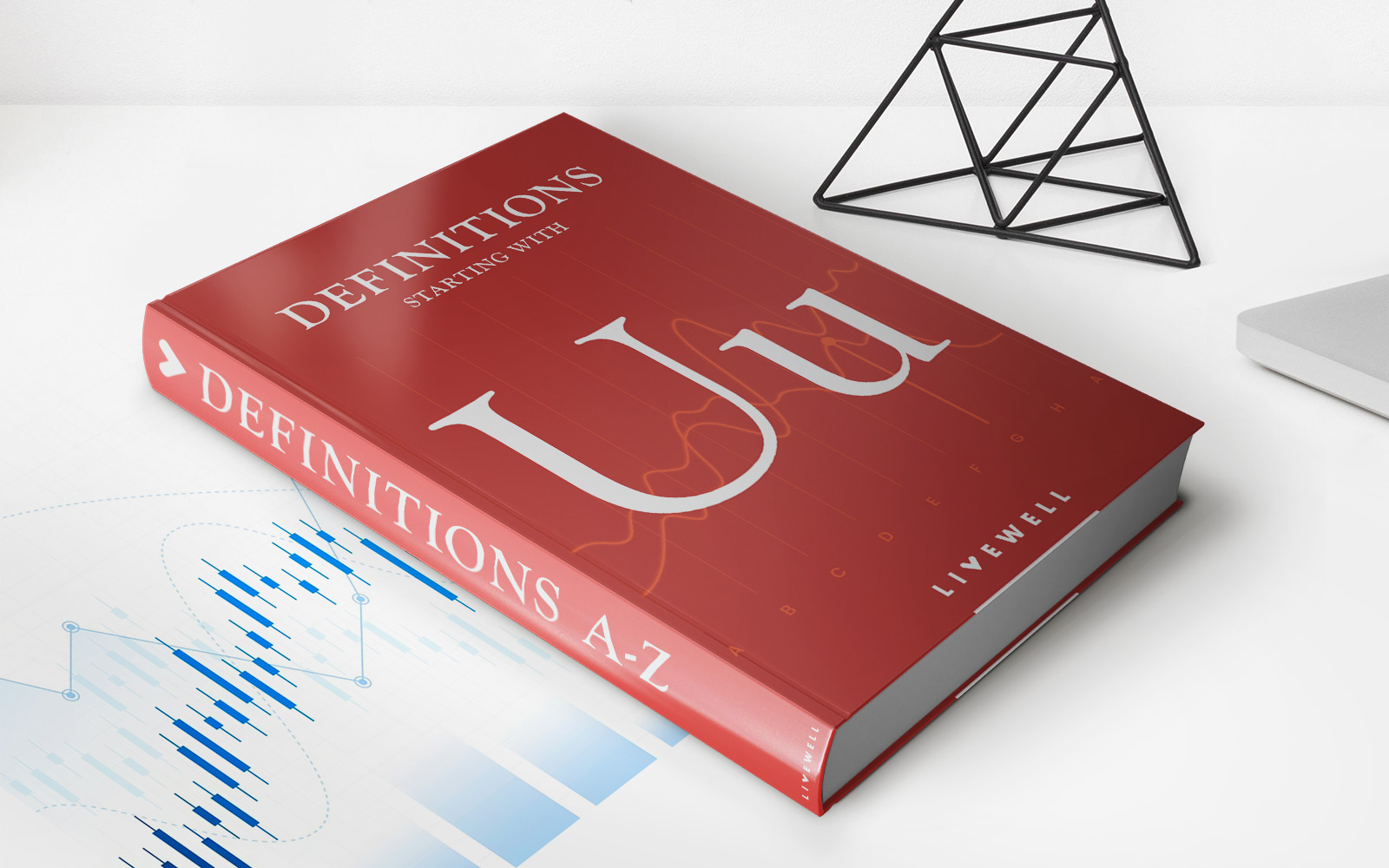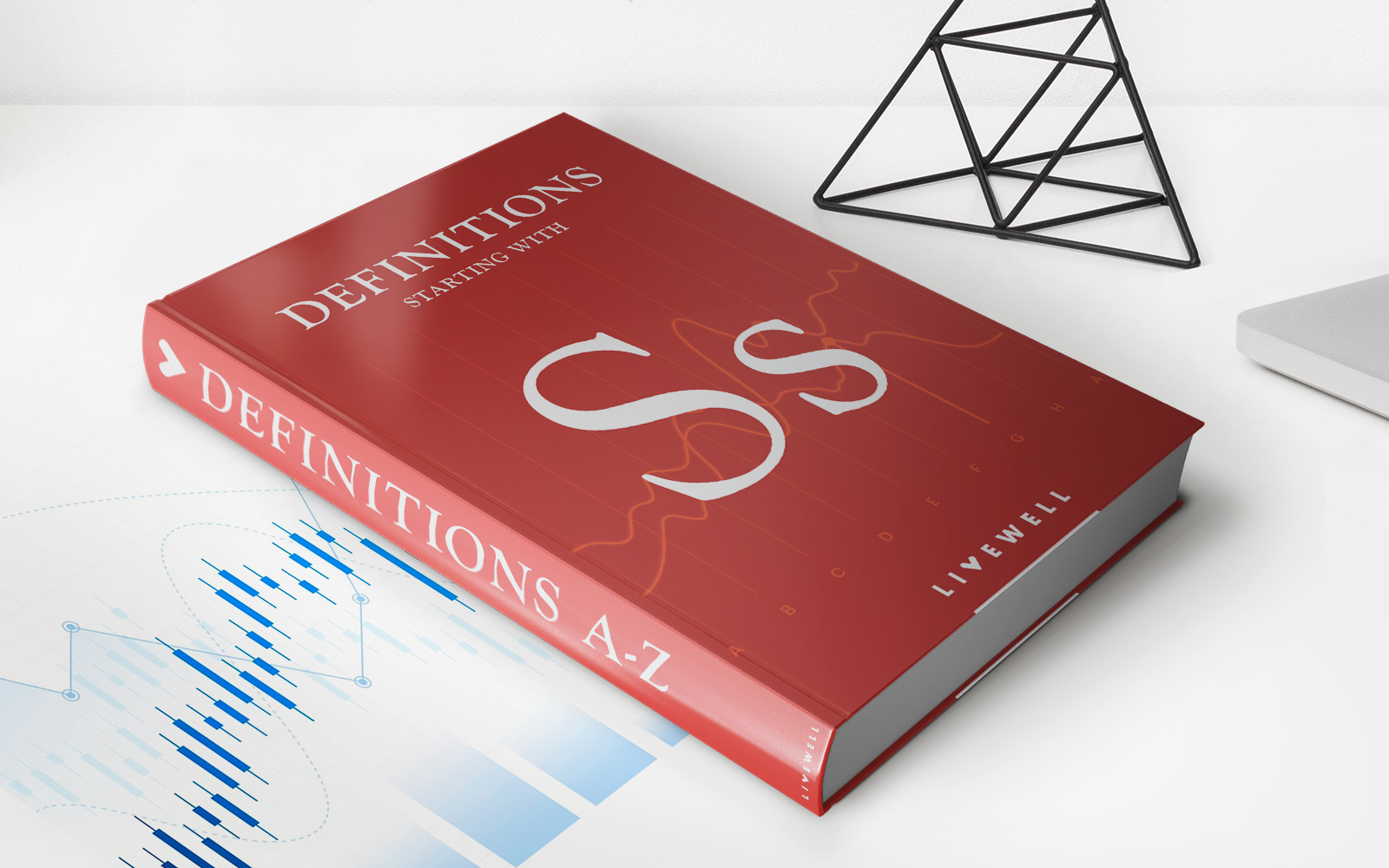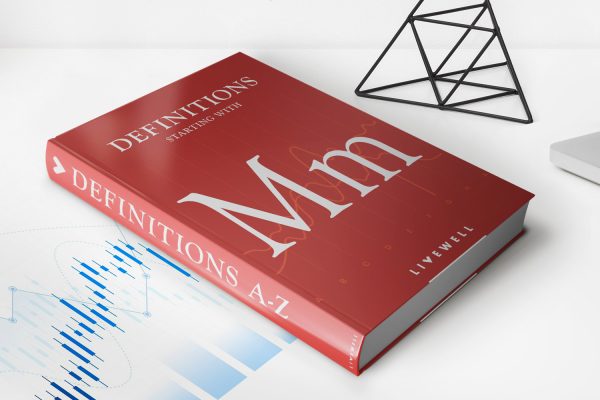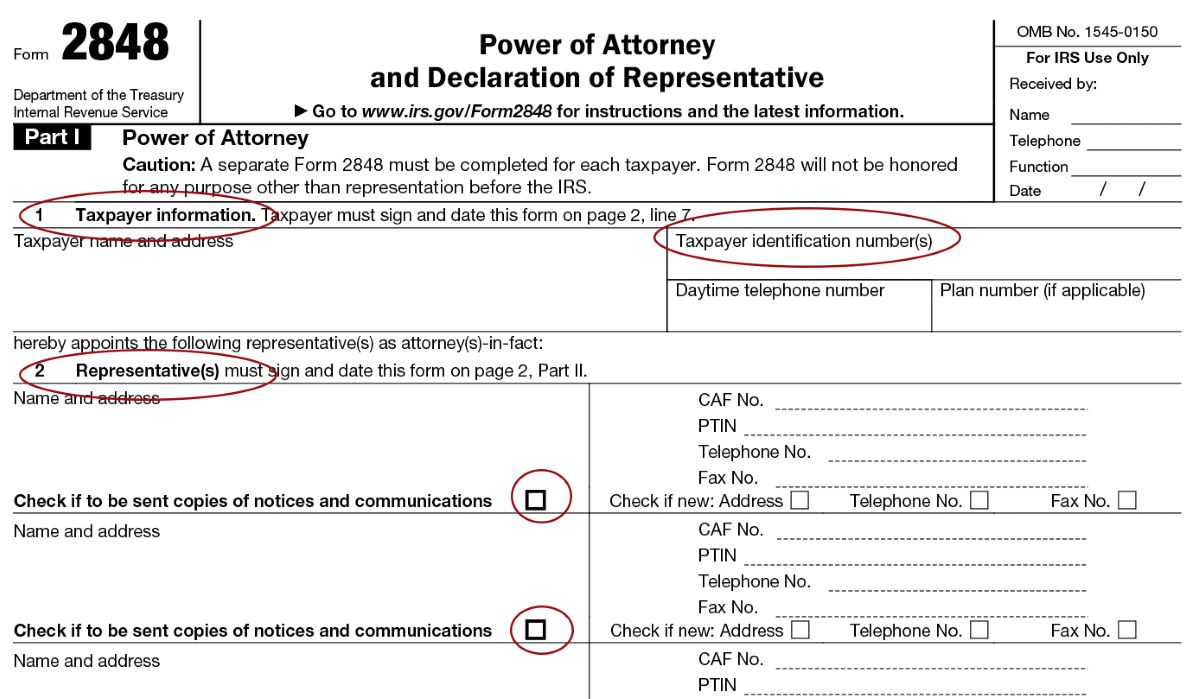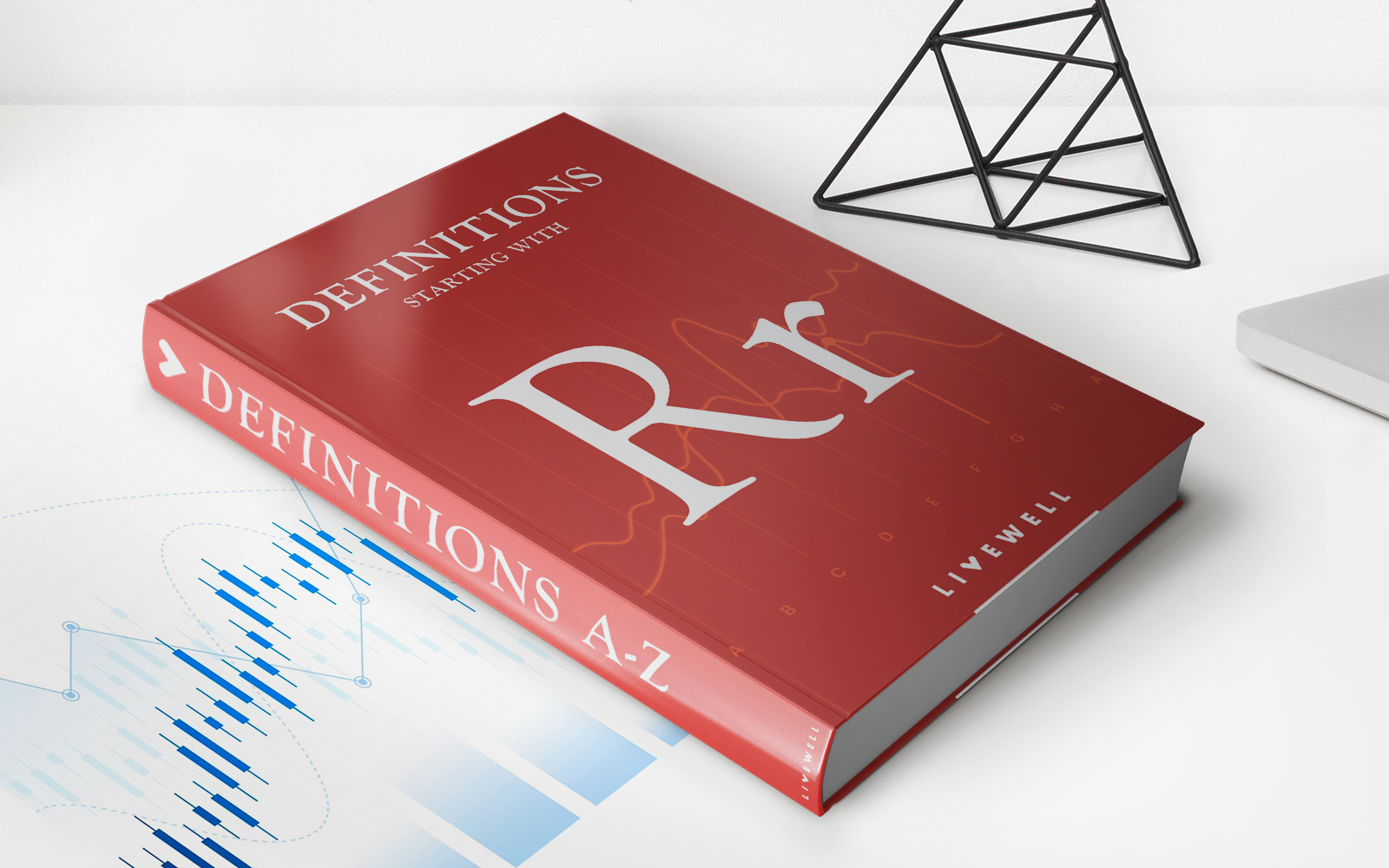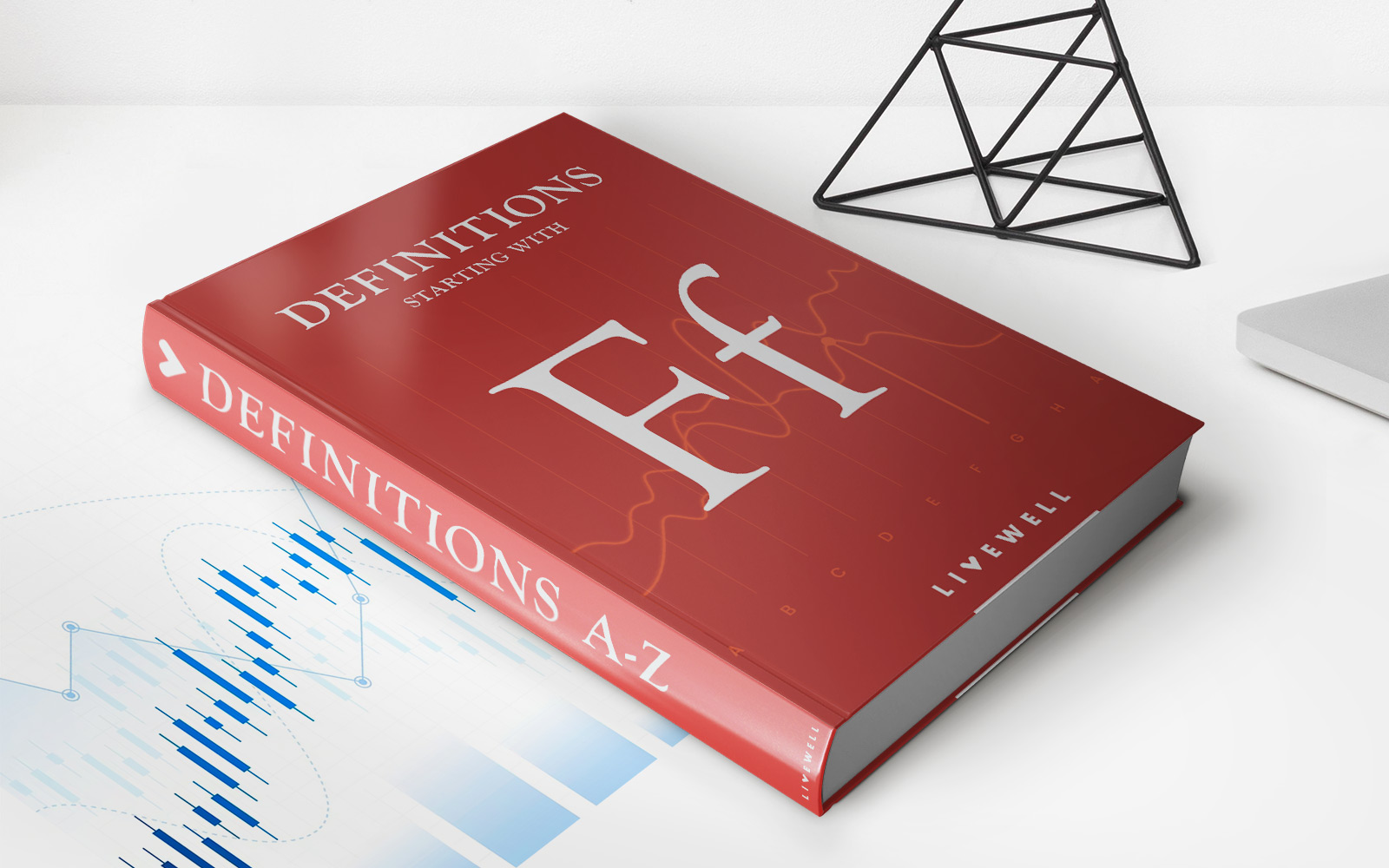Home>Finance>Intangible Personal Property: Definition, Types, And Example
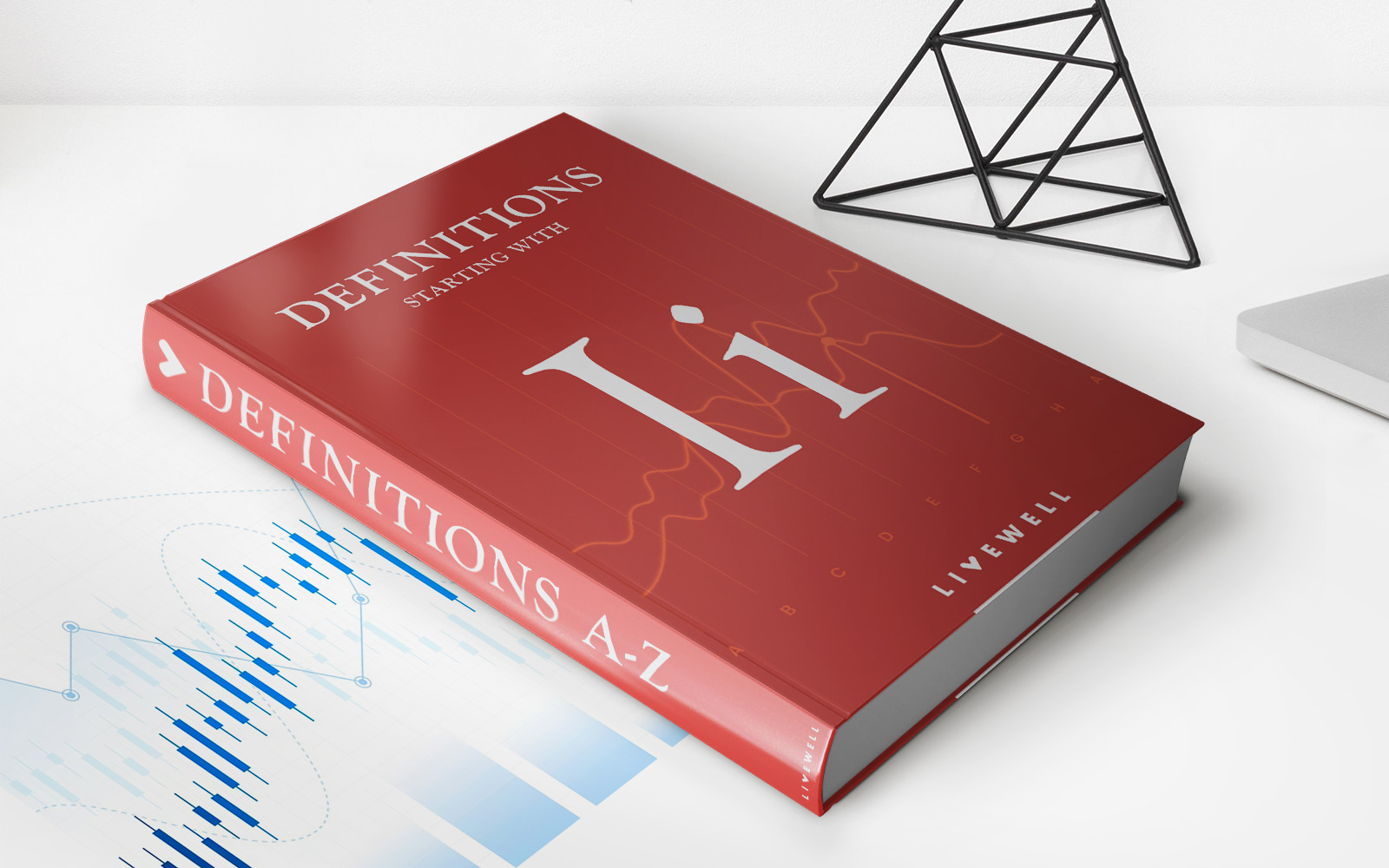

Finance
Intangible Personal Property: Definition, Types, And Example
Published: December 10, 2023
Learn about intangible personal property in finance, including its definition, types, and examples. Understand how these assets can be valuable in the world of finance.
(Many of the links in this article redirect to a specific reviewed product. Your purchase of these products through affiliate links helps to generate commission for LiveWell, at no extra cost. Learn more)
The Ultimate Guide to Intangible Personal Property
When it comes to finance, it’s essential to understand the different types of assets that contribute to a person’s wealth. While physical assets such as real estate and vehicles are relatively easy to comprehend, there’s another category of assets known as intangible personal property that often goes unnoticed. In this blog post, we’ll explore the definition of intangible personal property, discuss its various types, and provide examples to help you better understand this vital aspect of finance.
Key Takeaways:
- Intangible personal property refers to assets that have value but do not have a physical presence.
- There are several types of intangible personal property, including intellectual property, financial assets, contractual rights, and more.
What is Intangible Personal Property?
Intangible personal property is any asset that holds value but lacks physical substance. Unlike tangible assets like houses or cars, intangible personal property cannot be touched or seen. However, these assets are still essential to an individual’s financial well-being as they can generate income or appreciate in value. Understanding the concept of intangible personal property is crucial for anyone wanting to have a comprehensive grasp of their financial portfolio.
Now let’s dive deeper and explore some common types of intangible personal property:
Types of Intangible Personal Property
- Intellectual Property: Intellectual property refers to creations of the mind, such as patents, copyrights, trademarks, and trade secrets. These assets can be incredibly valuable, especially if they are unique and innovative.
- Financial Assets: Financial assets are intangible assets that represent ownership of a financial claim. This includes stocks, bonds, mutual funds, and other investments that have value in the financial markets.
- Contractual Rights: Contractual rights, also known as choses in action, represent legally enforceable agreements. This can include contracts, leases, royalties, or even insurance policies.
- Goodwill: Goodwill refers to the intangible value that a business possesses, such as its reputation, brand recognition, and customer loyalty. This asset is particularly important when valuing and selling a company.
- Software and Digital Assets: In today’s digital age, software, digital media, and online content have become valuable intangible personal property. This includes computer programs, digital art, music, and e-books.
Examples of Intangible Personal Property
To provide you with a better understanding, let’s go through a few examples of intangible personal property:
- Microsoft’s patent for its Windows operating system is an example of valuable intellectual property.
- Investments in stocks and bonds represent financial assets that can generate income through dividends and interest.
- A software company’s licensing agreement with a client is an example of contractual rights.
- Coca-Cola’s brand name and reputation contribute to its goodwill as an intangible asset.
- Self-published e-books sold online can be considered intangible personal property.
It’s important to note that the value of intangible personal property can fluctuate depending on various factors such as market demand, legal protections, or technological advancements. Therefore, it is crucial to regularly review and manage your intangible assets to ensure they continue to contribute positively to your financial well-being.
Wrapping Up
Intangible personal property encompasses a wide range of assets that, while lacking a physical presence, hold significant value. Understanding these assets and their different types is essential for anyone looking to have a comprehensive understanding of their financial portfolio.
So, take a moment to assess your own intangible personal property. Do you have any patents, trademarks, or copyrights? How about financial assets or contractual rights? Recognizing and acknowledging these intangible assets will provide you with a more holistic view of your financial standing.
Remember, while tangible assets are often easier to comprehend, intangible personal property can be just as valuable, if not more so, in today’s fast-paced and technology-driven world.
